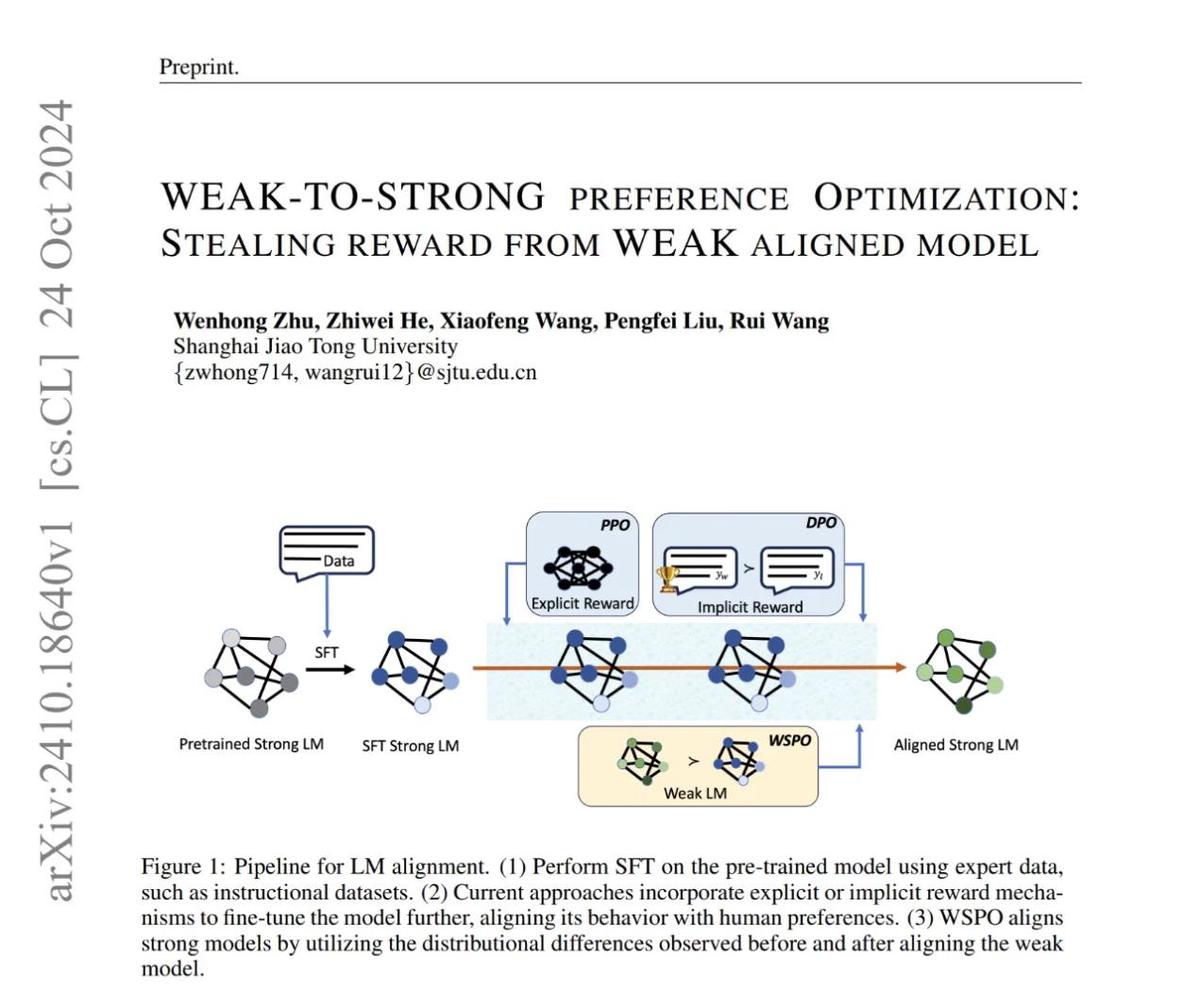====================================================
Factor models are essential tools used in quantitative finance, investment analysis, and portfolio management to identify and measure the drivers of returns. These models enable investors and traders to understand how various factors—such as market risk, company-specific attributes, or macroeconomic conditions—affect asset prices. Optimizing factor models is crucial for improving predictive power, risk management, and investment strategies. In this article, we will explore how to optimize factor models, examine different optimization strategies, and discuss the best practices for improving their performance.
What Are Factor Models?
Factor models are mathematical models that attempt to explain the relationship between asset returns and underlying factors. These factors can be systematic (market-wide) or specific to individual assets or sectors. Factor models are widely used in both active and passive investment strategies, including risk management, asset pricing, and portfolio optimization.
Types of Factor Models
- Single-Factor Models: These models assume that a single factor (e.g., market return) is responsible for the movement of asset prices. The Capital Asset Pricing Model (CAPM) is one of the most well-known single-factor models.
- Multi-Factor Models: These models incorporate multiple factors to explain asset returns. The Fama-French three-factor model is a popular example, including the market factor, the size factor (SMB), and the value factor (HML).
- Macro-Factor Models: These models are based on macroeconomic variables such as interest rates, inflation, and GDP growth, which influence market prices.
Factor models can be used to identify risks, explain anomalies in asset pricing, and uncover relationships that are not immediately obvious. Optimizing these models ensures they provide more accurate predictions and actionable insights.

How to Optimize Factor Models
Optimization of factor models involves improving their predictive accuracy, robustness, and overall performance. There are several strategies and techniques you can use to optimize these models for different applications, such as trading strategies, risk management, and portfolio construction.
1. Selecting the Right Factors
The first step in optimizing a factor model is choosing the right set of factors. The factors should be relevant to the asset class you are analyzing and should be able to explain a significant portion of the asset’s return variance.
- Data-Driven Approach: Use statistical techniques such as principal component analysis (PCA) or factor analysis to identify the most influential factors.
- Theoretical Approach: Start with well-known factors (e.g., value, momentum, size) that have been proven to explain asset returns over time.
Pros and Cons:
- Pros: Using relevant factors leads to more accurate models and better predictive performance.
- Cons: Selecting too many factors can lead to overfitting, making the model less generalizable.
2. Improving Factor Loading Estimation
Factor loading refers to how much each factor affects the asset’s return. Accurate estimation of factor loadings is crucial for optimizing a factor model.
- Regularization Techniques: Use Lasso or Ridge regression to penalize large factor loadings, which helps prevent overfitting and improves model stability.
- Shrinkage Estimators: These methods adjust the factor loadings to avoid extreme values, making the model more reliable.
Pros and Cons:
- Pros: Regularization techniques can significantly improve model generalization, especially with a large number of factors.
- Cons: Over-regularization can cause the model to lose important information, especially in the case of complex relationships between factors.
3. Incorporating Dynamic Factors
Factor models often assume that the relationship between factors and asset returns is static. However, financial markets are constantly changing, and it’s essential to account for these dynamics.
- Time-Varying Models: Incorporate time-varying factors that adjust the model based on changing market conditions. Techniques like GARCH models or Kalman filters can help account for volatility clustering and time-varying correlations.
- Factor Rotation: Dynamically change factors as market conditions evolve. For instance, certain factors like momentum may perform better during bullish periods, while defensive factors (e.g., low-volatility) may be more effective during market downturns.
Pros and Cons:
- Pros: Dynamic models allow for better adaptation to changing market conditions, improving forecasting accuracy.
- Cons: Time-varying models are computationally intensive and may require more complex data inputs.
4. Data Preprocessing and Feature Engineering
Data quality plays a critical role in optimizing factor models. Proper data preprocessing and feature engineering can greatly enhance the model’s performance.
- Data Normalization: Normalize financial data to ensure that each factor has a similar scale and does not dominate the model due to differences in magnitude.
- Outlier Removal: Remove extreme values that may skew the results and cause the model to overfit.
- Missing Data Handling: Use imputation techniques or model-specific methods to handle missing data, as missing values can distort the relationships between factors.
Pros and Cons:
- Pros: High-quality data enhances model accuracy and predictive power.
- Cons: Data cleaning can be time-consuming and requires careful attention to avoid introducing biases.
5. Model Evaluation and Validation
Optimizing a factor model requires continuous evaluation and validation to ensure that the model generalizes well to unseen data.
- Backtesting: Use historical data to test the model’s performance and identify its strengths and weaknesses. This step is crucial in ensuring that the model provides actionable insights.
- Cross-Validation: Use k-fold cross-validation to evaluate the model’s performance on different subsets of data. This technique helps avoid overfitting and ensures that the model generalizes well across different market conditions.
Pros and Cons:
- Pros: Proper evaluation ensures that the factor model is robust and reliable.
- Cons: Backtesting and cross-validation can be computationally intensive, especially with large datasets.
Example of Optimizing a Factor Model
Let’s take the example of optimizing a multi-factor model for stock selection. Suppose the model includes factors like size (market capitalization), value (P/E ratio), and momentum (past 6-month returns). The goal is to identify which factors are most predictive of stock returns.
Step 1: Select the Factors
Use PCA to identify which factors explain the most variance in stock returns. Based on historical data, the model might reveal that momentum and value are the most predictive factors.
Step 2: Estimate Factor Loadings
Using Ridge regression, estimate the factor loadings for each stock. Regularization helps prevent overfitting and ensures that the factor loadings are not too large.
Step 3: Incorporate Time-Varying Factors
Incorporate time-varying factors to account for changing market conditions. Use a GARCH model to estimate volatility and adjust the factor loadings based on market volatility.
Step 4: Evaluate and Backtest
Backtest the model on out-of-sample data to evaluate its performance. Use cross-validation to ensure that the model is robust and not overfitting to the historical data.
Step 5: Optimization
Use optimization techniques like genetic algorithms or gradient descent to fine-tune the model’s parameters for better prediction accuracy.

FAQs About Optimizing Factor Models
1. What are the most important factors to include in a factor model?
The most important factors depend on the asset class and market conditions. Common factors include value, momentum, size, quality, and volatility. However, you should also consider macroeconomic factors and industry-specific variables when building your model.
2. How can I prevent overfitting in factor models?
Overfitting can be prevented by using regularization techniques like Lasso or Ridge regression, reducing the number of factors, and using cross-validation to test the model’s performance on unseen data.
3. What tools can I use to optimize factor models?
Popular tools for optimizing factor models include Python libraries such as pandas, scikit-learn, and statsmodels for data analysis and modeling. For backtesting, tools like QuantConnect and Backtrader can be helpful.
Conclusion
Optimizing factor models is a vital step in enhancing the predictive power of investment strategies and achieving better returns. By carefully selecting relevant factors, using advanced estimation techniques, incorporating time-varying elements, and continuously validating the model, you can ensure its robustness and reliability. Always remember that while optimizing factor models, risk management and backtesting play an integral role in achieving long-term success in the markets.

0 Comments
Leave a Comment